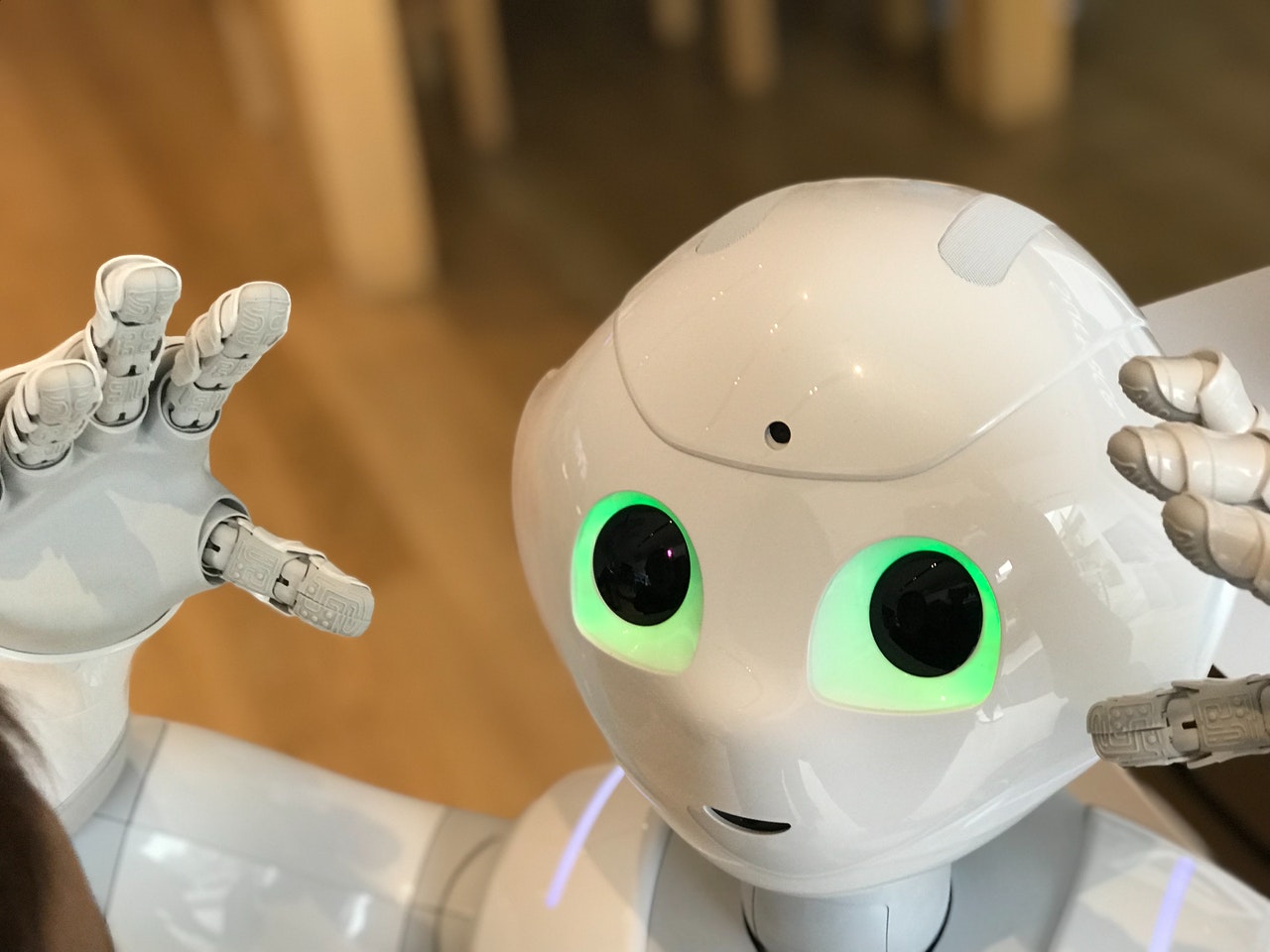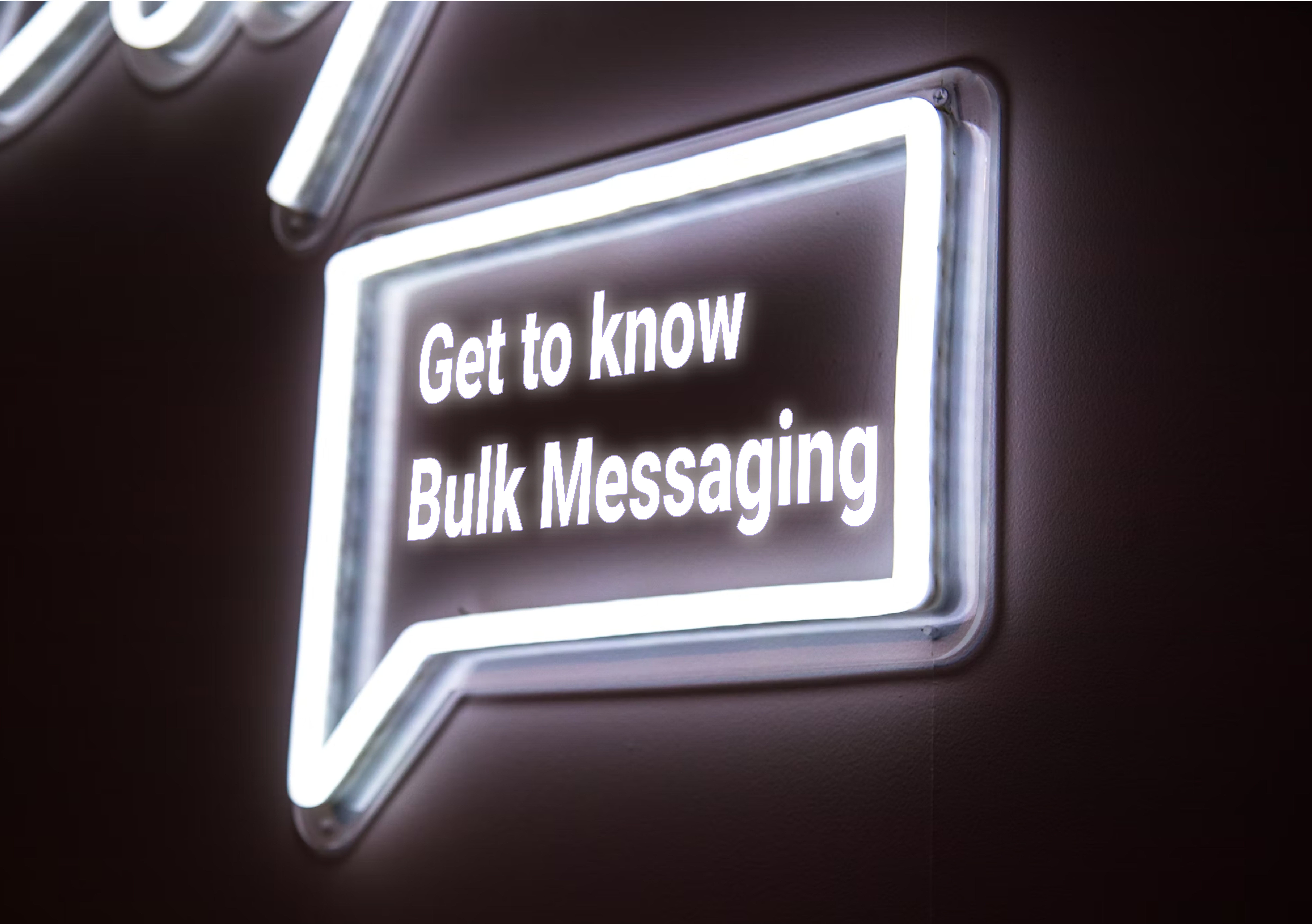If you have ever used the chat function on a website, you probably know that most chatbots have at least a name and a picture. Chatbots are often the first thing customers see when they visit a website. And sometimes even the first contact they have with a company. Whether it’s a first-time greeting, or to help customers with a question or order, chatbots are quickly there to help you.
A unique bot is therefore a good investment. Especially in a time when you no longer distinguish yourself by only having one. The bot also has to really fit your company. But it’s not easy to create a good chat persona for your company.
We’ve figured out what a perfect chatbot persona should look like. So read on if you want to know too!
Which Elements Can You Use for Your Chatbot Persona?
Of course, a chatbot’s biography and family tree are of no use to the customer. But it does make the conversation a bit more personal if you know more about the bot you’re talking to. After all, they are also ’employees’ of your company.
Name
It makes sense that your bot should have a name. Give your bot a unique, catchy and easy-to-remember name that is internationally understandable.
Picture
For a personal touch, it’s useful to give your chatbot a picture. This can be a picture of a real person, for example. But many successful chatbots have a picture of a non-human character. For example a cute robot or animal, because people have a natural positive reaction to that. But you can also use a self-made illustration or cartoon.
Gender
It is optional to give your chatbot a gender. Usually the name already gives it away a bit, but of course you can also choose a gender-neutral chatbot.
Voice
If your chatbot has a voice, make sure it’s a pleasant voice to listen to. You should also test out different voices to see what your audience likes.
Specific Job
Make sure to inform about what the specific function of the chatbot is, so this will be immediately clear to your customers. You can also mention what the chatbot can not help your customers with. That way, they know what to expect.
Tone of Voice
The tone of voice of your chatbot is an important aspect. It can be formal, for example, or relaxed and chill. But most of all, it should be appropriate for your company. A young and hip company will need a different tone of voice than a formal and serious company.
Personality
You can give your chatbot a certain personality, and even emotions are no longer foreign to these AI-controlled robots. It is important that the personality of your chatbot is socially acceptable and relevant in every country and culture. Some personality traits you can give your chatbot are: confidential, solution-oriented, friendly, precise, polite or direct.
Also think about how your chatbot behaves. Adding a bit of fun to the conversation often works well. So be creative in your messages, and surprise your customers. Use visual content such as images, gifs and memes etc. But only do what fits the image of your company. And don’t go too far in this.
Connect the Chatbot Persona to Your Brand Identity
After you’ve decided which elements you want to use for your chatbot, it’s time to look at how you can connect the persona to your brand identity. You can do this with an archetype. The archetype of your chatbot reflects the personality and values of your brand. This should match the type of customer you want to help. A clear brand personality can help you focus on your goals.
An example of this is the Lego chatbot. It plays to the strengths of the “builder” archetype. It uses wordplay and creative visualisations to keep the conversation going.
In addition, it’s very useful to know who uses the bot. You can do this with the help of data. Then you can adjust your persona to that accordingly. Who is your target group, and who will interact the most with your chatbot? It’s important to match the persona with that, to communicate on the same level with your customers.
What You Shouldn’t Do
When developing chatbots, there are some well-known pitfalls. Here are some to avoid:
Talking too much
Ultimately, a bot is there to help customers. Of course it should be able to have a conversation in a normal way, but it shouldn’t go too far. A bot that only talks is not very useful. So watch out that it doesn’t become a chatterbox.
Too much (bad) humour
Integrating a bit of fun into your chatbot can’t do any harm. It’s actually recommended to have a chatbot with some humour. However, it can also be counterproductive. Communicating with a chatbot that only makes jokes can also be annoying for customers. Especially if they have a serious problem. Besides, humour is subjective, so it’s quite difficult to do this well anyway.
Too human
Make sure your chatbot doesn’t sound too much like a robot, but also not too human. Most people want to know whether they are talking to a chatbot, or to a human being. They don’t want to be fooled. If your chatbot is too human, users are more likely to get annoyed if they make a mistake. And a bot can’t do as much as a human, so you have to be honest about that from the start.
Last words
Remember that your chatbot persona will probably change after the first time you set it up. Maintaining it is therefore very important. So keep testing and measuring how people react to the bot. Also, monitor the conversations the chatbot has with your customers. You can use this data to gradually improve your chatbot.
I hope this article has helped you to set up a good persona for your chatbot. Do you want to know more about chatbots? Take a look at this page!


